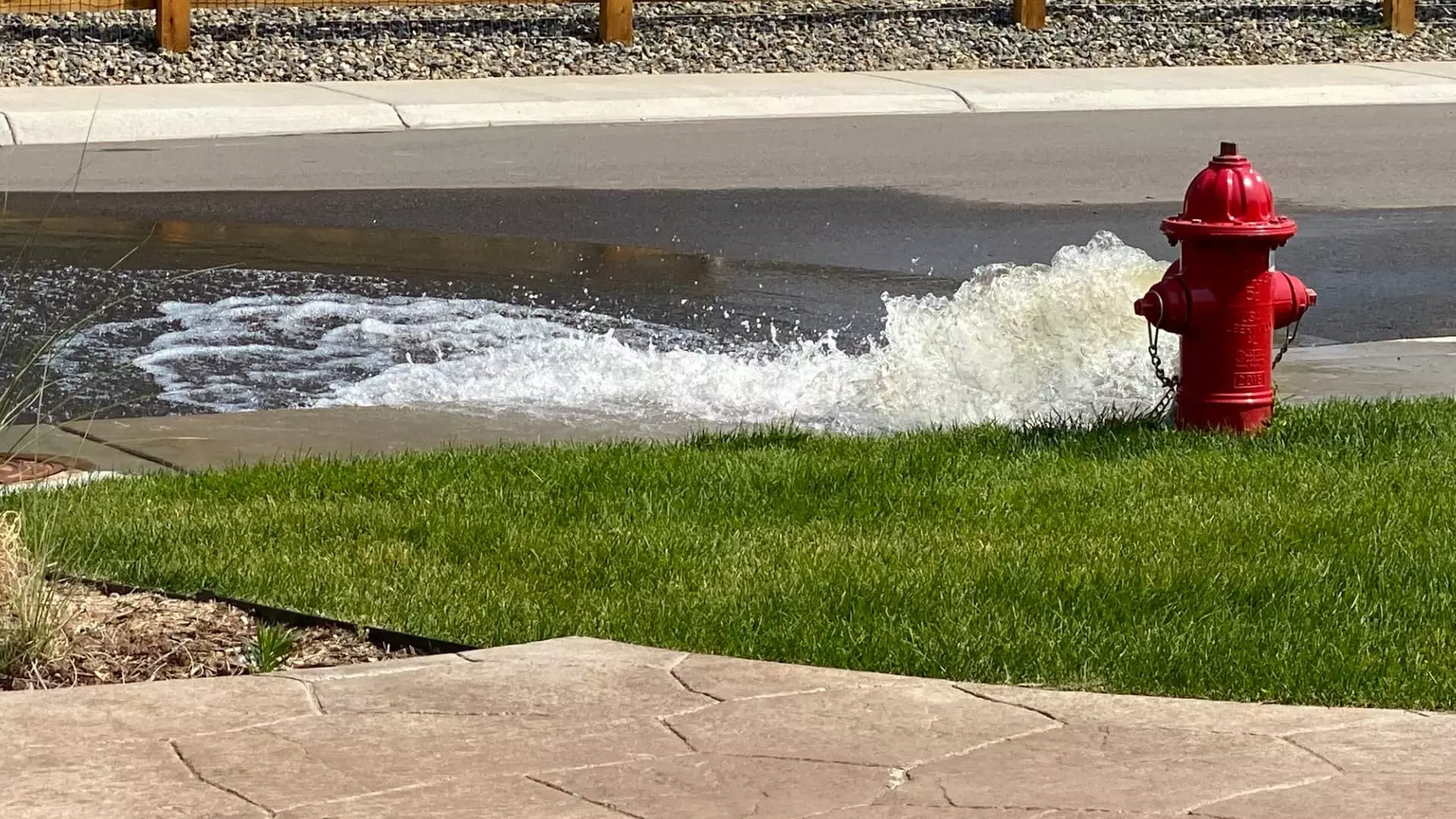The Benefits & Environmental Impact of Dechlorinating Water from Fire Hydrants

What is Chlorinated Water?
Chlorine is a disinfectant that reduces or eliminates bacteria and viruses in water supplies. Although adding chlorine is essential to reduce the risk of waterborne diseases in our communities, residual chlorine in discharged water contributes to environmental degradation.
In most cases, the water that comes from a fire hydrant is the same potable water that comes from your faucets. Significant levels of residual chlorine or large volumes of chlorinated water can be toxic to local wildlife and bad for the environment. Dechlorination removes the residual chlorine from the discharged water from a fire hydrant before it reaches the environment, reducing the risk of damage to organic matter and animals.
Why is Dechlorination Important for Discharged Water from a Fire Hydrant?
Chlorinated water that is discharged from a fire hydrant can make its way into lakes, rivers, and creeks. The chlorine residual in potable water can be toxic to fish and aquatic life, as chlorine consumes the oxygen supply in water.
High Levels of Contamination in a Short Period of Time
Fire hydrants are typically called into action during an emergency, which obviously takes precedence in the moment over the contents of the water. Some hydrants deliver 500 gallons of water per minute or less, while others can provide up to 2500 gallons per minute. And if they need to be used for an extended period, it's easy to see how thousands of gallons of water could be introduced into the soil and water surrounding the site of hydrant use in a very short time. And without an effective and thorough dechlorination process, that chlorine may negatively affect the plants and organisms as it settles into the soil and pollutes water, contaminating fish and other species.
Dechlorination Methods
In water treatment, there are currently four main methods for dechlorination:
- Vacuum-induced: Dechlorination solution enters the main flow of discharge water by means of a vacuum. The amount of dechlorination solution is controlled.
- Passive Devices: Water discharge makes contact with dechlorination chemicals, usually in tablet form
- Drip-style Devices: Allows dechlorination solution to be added to discharge water flow
- Injection Pumps: used to introduce dechlorination solution before releasing into the environment
What is UDF?
UDF stands for Uni-directional Flushing. It provides an effective method to clean pipes to wash away biofilms and contaminants like chlorine. It uses approximately 40% less water to flush out the chlorine and corrosive elements in the pipes and system.
The process helps reduce bacterial regrowth and buildup in the system, including sediments, deposits, and biofilms. Removing biofilms is essential as they harbour harmful bacteria that can make people sick.
Once deposits are dislodged, it helps restore water flows and pressures for improved capacity of hydrants during fire emergencies. It also controls corrosion, contributing to prolonged system life while reducing the risk of community waterborne disease outbreaks.
Benefits of UDF for Water Dechlorinating
A uni-directional flushing program cleans and maintains the water quality in the distribution system. It offers many benefits to municipalities, including:
- Up to 40% water savings compared to conventual flushing methods
- Removal of unwanted tastes, odours, or discolorations in local drinking water
- Improvement of chlorine residuals
- Reduction of turbidity
- Scouring velocities of 5 to 10 ft/s or more are achieved by cutting off other flows, compared to 1 to 3 ft/s achieved with conventional flushing
- The sediment, corrosion products, and biofilm are completely flushed out instead of just being moved to another pipe run like conventional flushing methods
The environment faces enough issues without the addition of toxins such as chlorine. Using safe, eco-friendly UDF as part of the dechlorinating process for fire hydrants, we can reduce our community's impact on the local ecosystem.
At Velocity Water Services, we offer extensive hydrant and water distribution system knowledge to create an effective UDF program for your municipality. We can help you reduce the amount of chlorine released into the local waterways and provide a comprehensive, proactive maintenance plan. Contact us today or call toll-free at 1 833.719.8970.